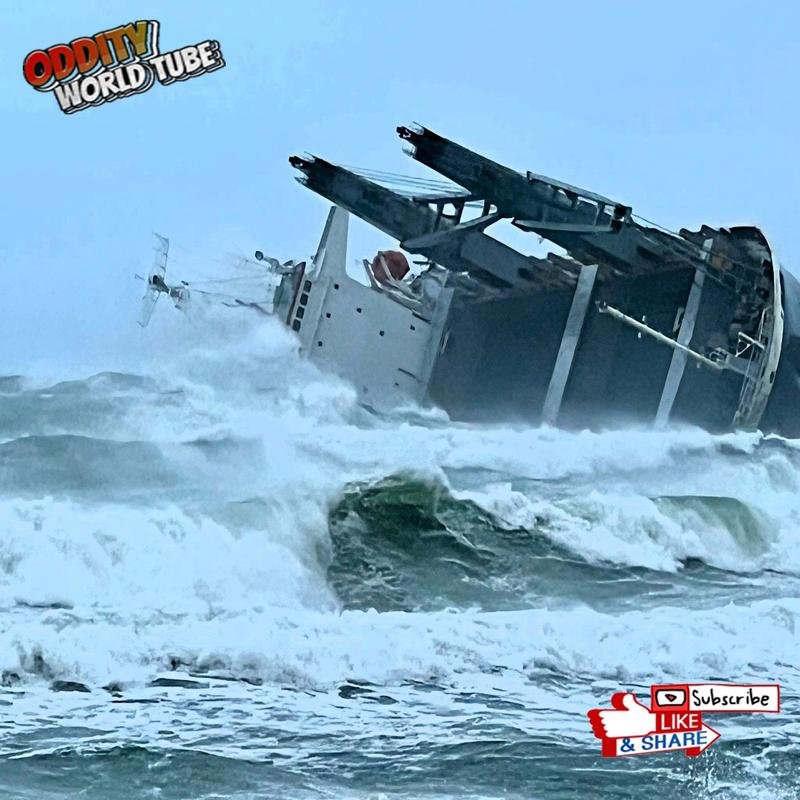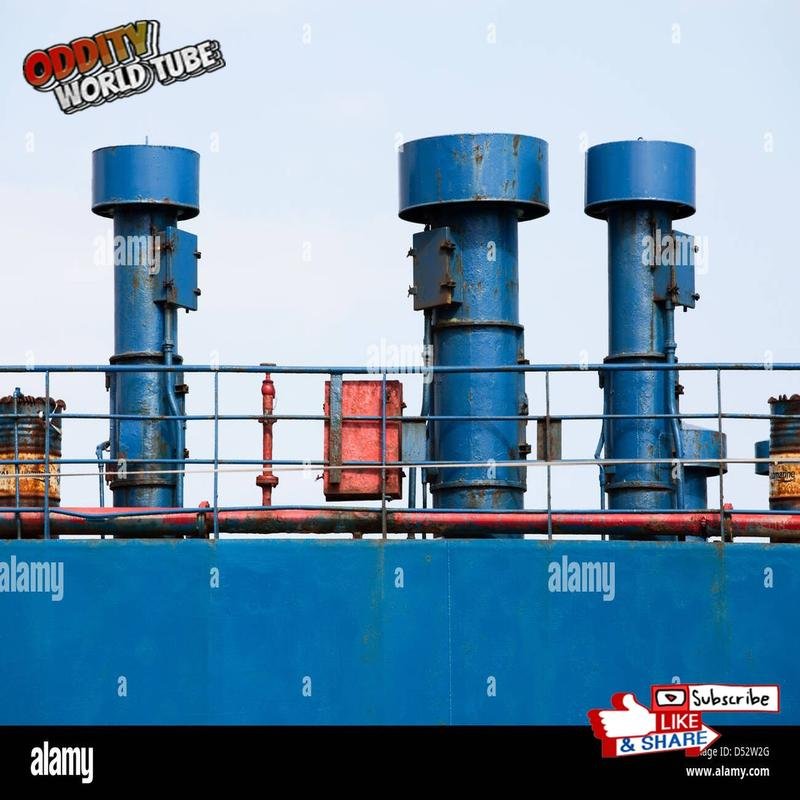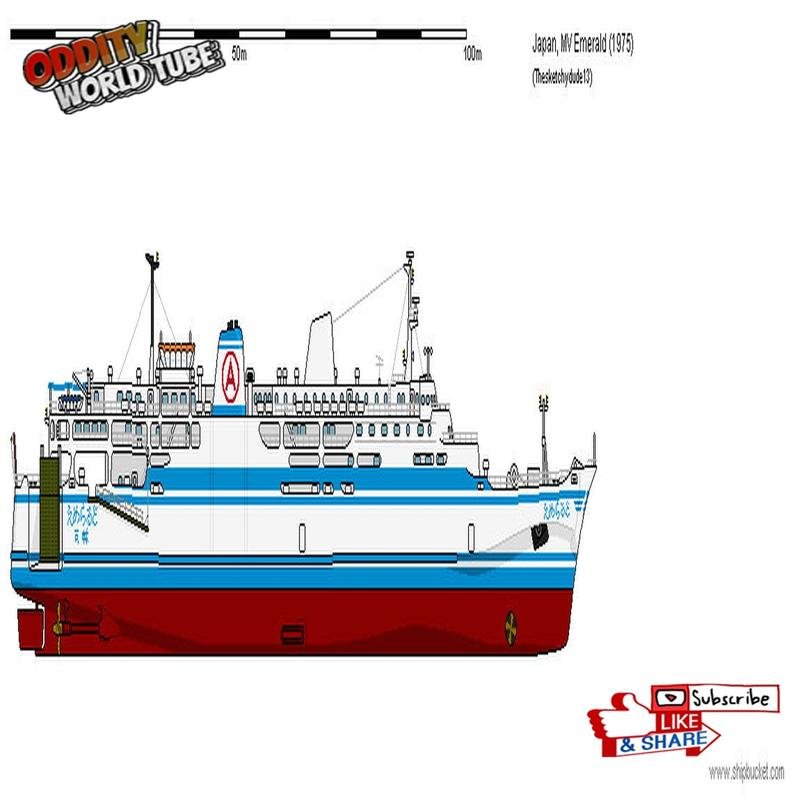The MV Emerald Disaster: Shocking Facts Regarding the Shipwreck 🚢🔍 #MaritimeDisasters #SouthAfrica

MV Emerald Disaster: 2009 Ship Explosion Report
In 2009, a catastrophic internal explosion aboard the MV Emerald resulted in a devastating maritime disaster off the coast of South Africa. This tragedy, causing significant loss of life, underscored the critical need for stringent adherence to maritime safety standards.
The Explosion and its Aftermath
On July 15, 2009, the approximately 230-meter MV Emerald, undergoing routine maintenance while berthed at the Saldanha Bay port, experienced a powerful explosion. The resulting structural damage and subsequent fire were extensive. Preliminary investigations indicated that a methane gas buildup in an empty cargo hold may have been the cause. Methane, a byproduct of cargo operations, is highly flammable and presents a significant hazard if ventilation is inadequate. The disaster starkly highlighted the inherent dangers of flammable gases in marine environments.
Rescue and relief efforts were severely hampered by the intense fire and extensive damage. Despite the tireless efforts of firefighting crews, the blaze raged for several days, resulting in numerous fatalities and serious injuries among the crew. Precise casualty figures were initially difficult to determine due to the complexities of the search and rescue operation.
Investigation and Findings
Following the fire’s extinguishment, a comprehensive investigation was launched to ascertain the root causes of the disaster. This involved a thorough review of maintenance records, interviews with surviving crew members, and analysis of physical evidence. The investigation revealed multiple failures in safety and maintenance protocols that likely contributed to the catastrophe. Critically, inadequate cargo hold ventilation procedures—designed to prevent flammable gas accumulation—were not properly followed. Furthermore, some safety equipment was found to be malfunctioning. The investigation also examined the shipping company’s role, revealing resource and staffing shortages that led to negligence in maintenance and safety procedures. These findings raised serious questions regarding shipping companies’ responsibilities for crew safety and environmental protection.
Impact and Reforms
The MV Emerald disaster ignited widespread debate in South Africa concerning maritime safety standards and enforcement. Labor unions and civil society organizations advocated for stricter measures to safeguard seafarers and prevent future incidents. The government responded by undertaking a comprehensive review of maritime safety laws and regulations, leading to several significant changes. These included stricter vessel maintenance and inspection requirements, increased penalties for safety standard violations, enhanced seafarer training in safety procedures and emergency response, and the establishment of an independent body to oversee enforcement.
Conclusion
The MV Emerald disaster served as a tragic reminder of the paramount importance of maritime safety. While significant changes to South African maritime safety laws and regulations resulted from the disaster, considerable work remains to ensure global seafarer safety and environmental protection. All stakeholders—shipping companies, governments, and international organizations—must collaborate to cultivate a robust safety culture and prevent similar tragedies. Subsequent investigations estimated economic losses exceeding US$50 million. DNA analysis aided in identifying some previously unidentified victims, providing solace to their families. The vessel was carrying approximately 150,000 tons of iron ore, contributing to the fire and explosion’s severity. The disaster also significantly impacted the Saldanha Bay marine environment, with oil and chemical spills causing pollution and harming marine life. Extensive and costly cleanup operations were necessary. Lessons learned from the MV Emerald disaster have informed global maritime safety improvements, with the International Maritime Organization (IMO) updating its regulations based on the investigation’s findings. These updates aim to enhance global maritime safety and prevent future incidents.









